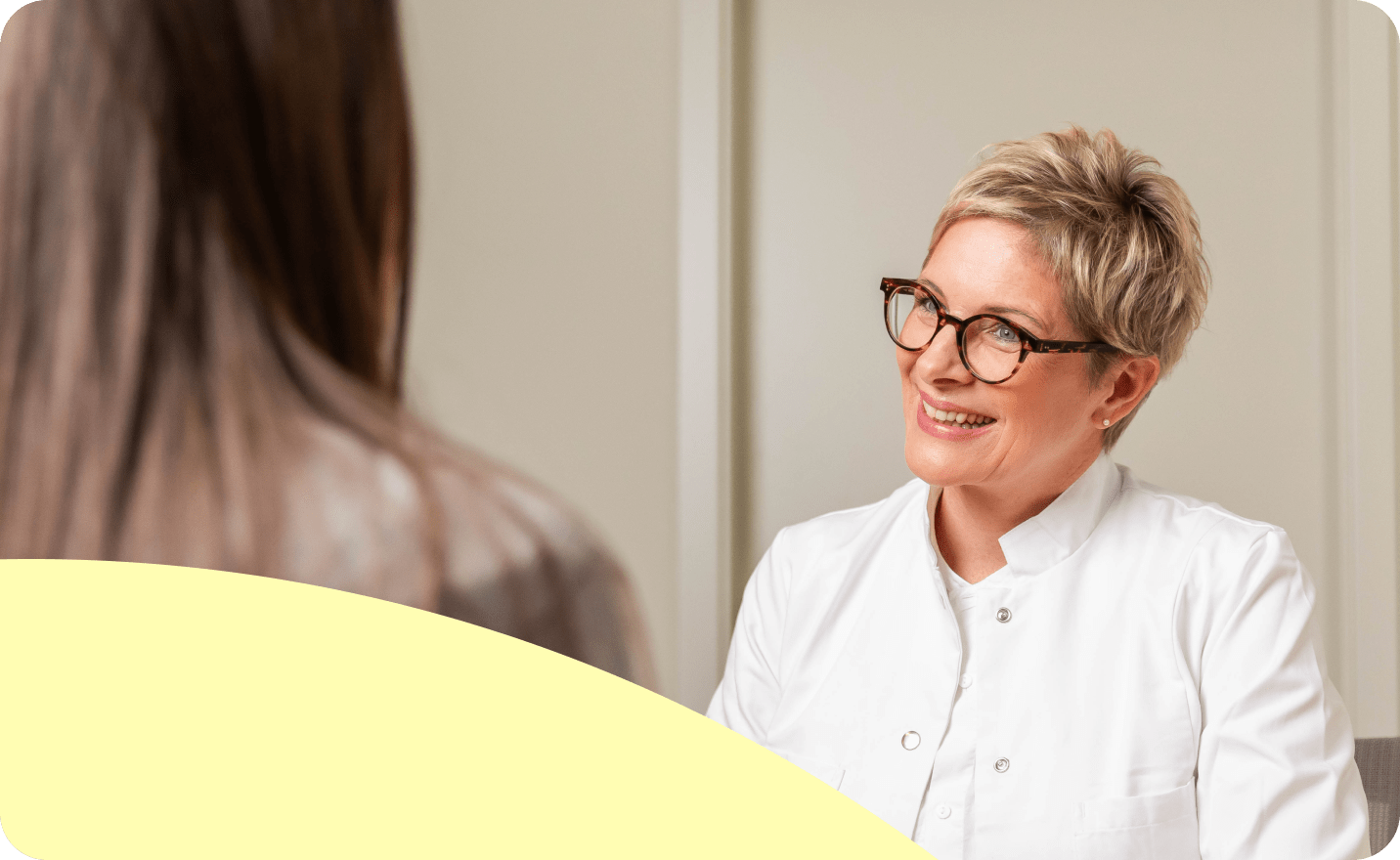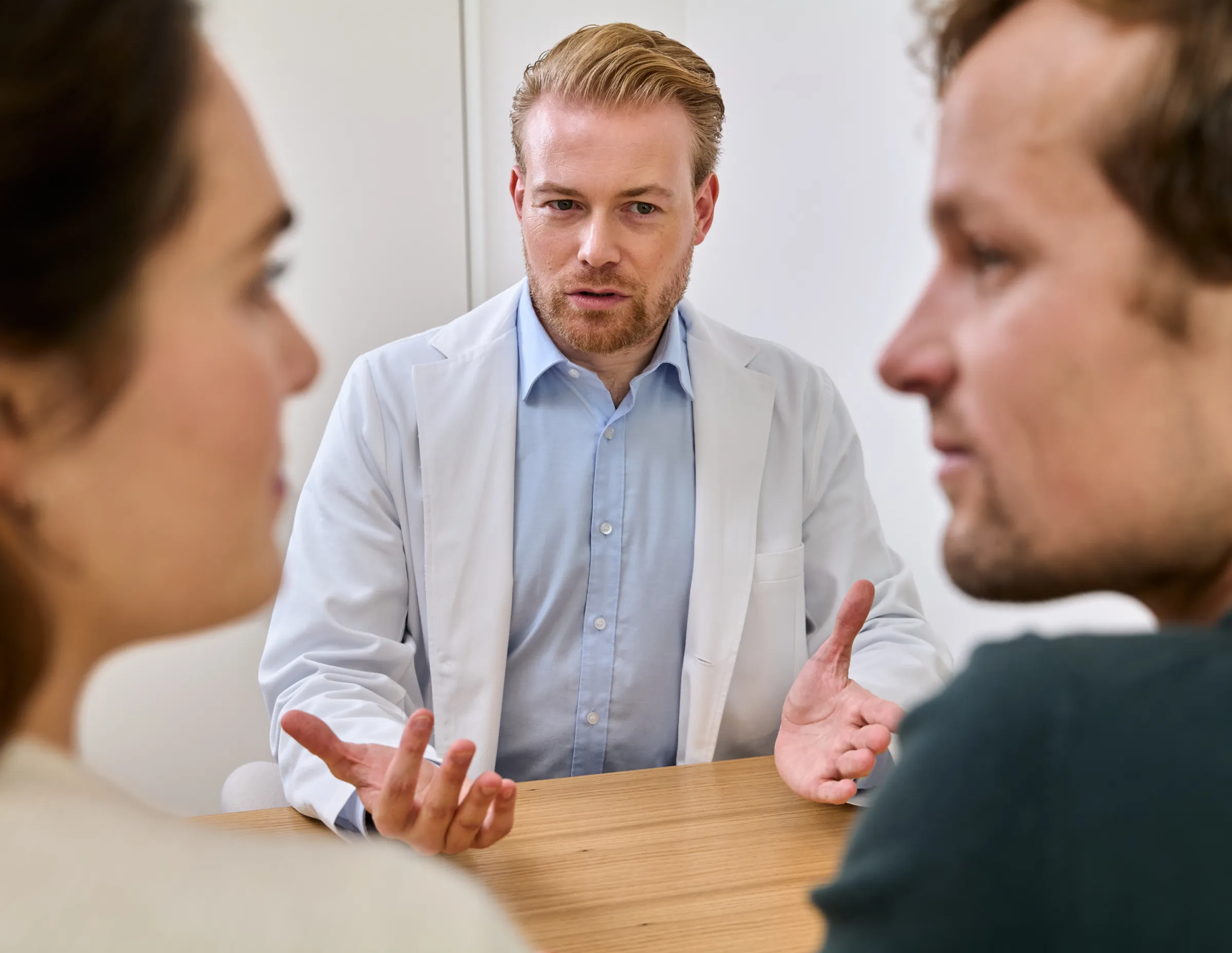Has your doctor suggested a laparoscopy? This article provides an overview of the procedure, why you might be having one, and things to know to help you recover.
Has your doctor suggested a laparoscopy? Are you unsure what this is? Knowing what to expect from a laparoscopy may help ease your anxiety and concerns. This article provides an overview of the procedure, why you might be having one, and things to know to help you recover.
What is a laparoscopy?
A laparoscopy is a safe and effective surgical procedure that a specialised doctor will perform to look inside your abdomen and pelvic region. It is used either to investigate the cause of a problem (i.e. a diagnostic procedure) or to provide treatment for a previously diagnosed condition.
Also known as a form of keyhole surgery, a laparoscopy is a common outpatient procedure. In 2020, it was estimated that globally over 14 million laparoscopic surgeries were performed for various diagnostic and treatment procedures. It is performed under general anaesthesia, which means the patient is unconscious and does not have any memory of the procedure or experience any pain during the procedure. It is usually completed within an hour if an investigation is underway. If a treatment is being administered, it may take slightly longer. Generally, it is an effective way of getting a clear diagnosis or treating a condition in a minimally invasive manner by making only small incisions.
Why might your doctor suggest having a laparoscopy?
Gynaecologists will use a laparoscopic procedure to determine why you are experiencing certain symptoms or problems with your menstrual cycle e.g. irregular or painful periods, or infertility issues. They may suggest the procedure to diagnose:
- Endometriosis. A laparoscopy is the gold standard for diagnosing and offering treatment for endometriosis (a painful medical condition where cells similar to the lining of the uterus—the endothelium—travel outside the uterus and imbed in nearby regions, causing lesions or implants).
- Adhesions. Adhesions are internal scar tissue often caused by surgery or a condition that results in organs and tissues sticking together, and triggers chronic pain and discomfort. Adhesions are very common in women with endometriosis, as the endometrial-like tissue imbeds into the lower abdominal cavity, and causes scar tissue. A laparoscopy may be performed to help locate and consequently remove these adhesions.
- Ovarian cysts. Some women may experience ovarian cysts, which are fluid-filled sacs that can grow to large sizes in or on the surface of the ovaries. If left untreated, these growths can cause serious health implications for the ovary, uterus and the women. The gynaecologist will remove the cysts by laparoscopy.
- Ectopic pregnancy. If a fertilised egg implants within the fallopian tube, it causes an ectopic pregnancy which can be life-threatening for the woman. A laparoscopy can diagnose and treat the ectopic pregnancy.
- Infertility. A gynaecologist will perform a laparoscopy to rule in or out causes for infertility, such as endometriosis and adhesions (mentioned above), but also blocked fallopian tubes or anatomical distortions.
- Uterine fibroids. Doctors may perform a laparoscopic myomectomy to remove uterine fibroids. These are noncancerous growths located in the uterus that can project outside the uterus.
A laparoscopy isn’t just for investigating gynaecological issues; it can be used to explore or treat many other problems occurring within the abdomen. This may include an appendix removal or prostate cancer surgery.
What to expect before, during and immediately after the procedure?
Before the operation
Your doctor will thoroughly explain why and how they will perform the procedure. Take the time to ask your doctor questions about the procedure and raise any concerns—be informed!
You will be advised not to eat or drink for 6-12 hours before the procedure, as it is performed under general anaesthesia.
Remember to:
- Inform your doctor of any medications you take. Certain medications may pose a risk to the surgery or your health. For example, blood thinning medication can cause excessive bleeding.
- Inform your doctor if you smoke. They may ask you to refrain from smoking before and after the procedure to prevent infection and promote healing.
- Wash thoroughly before going to the hospital. As with all invasive procedures, the hospital staff will advise you to shower before going to the hospital and wash thoroughly the areas that will be operated on with soap, to help prevent infection.
If you feel anxious about undergoing general anaesthesia or surgery, let your doctor know. They may suggest some mindfulness training, hypnotherapy, or other strategies to help you remain calm ahead of the procedure.
During the operation
The procedure will take place in a specialised clinic or hospital. The procedure begins once you are fully sedated. You will not feel any pain or discomfort during this time. If you are having a laparoscopy to help diagnose a condition, it will involve the following:
- Your doctor will make a small incision about 1-1.5 cm under the belly button.
- Carbon dioxide gas will be pumped through a tube (also called a cannula) that is inserted into the small incision. This allows the abdomen to inflate and gives the doctor better access and visualisation of the organs.
- Your doctor will insert a laparoscope (a fine cable with a camera on the end) into the same tube. This allows the doctor to examine the inside of your abdomen and pelvic region on a screen in the operating theatre.
If you are receiving treatment during the laparoscopic procedure, your doctor will make further incisions in the abdomen to gain better access to the ovaries and reproductive organs. These incisions are usually located on the left and right side of the lower abdomen, a few centimetres in from your pelvic bones. Additional surgical instruments such as forceps, scissors, probes etc. can be inserted into these additional incisions and allow the doctor to carry out the necessary treatment. A laparoscope can also take biopsies or be used to heat, laser or freeze tissue for certain treatments.
When the doctor is finished, the carbon dioxide is removed from the belly, and the incisions are closed using stitches, staples, or glue. The procedure will take less than an hour or slightly longer if a treatment is being done.
Immediately after the operation
When you wake from the procedure in the recovery room, you may feel unwell. This may be due to the general anaesthesia, which can cause nausea, shivering, fatigue, dizziness, confusion, shortness of breath, and pain. The healthcare professionals looking after you will ask often how you are feeling and monitor your general health status in the immediate hours after the procedure.
Once the anaesthesia has worn off, you can eat, drink, and urinate. Usually, you can go home the day of the procedure or the following day, if no complications have arisen from the procedure or general anaesthesia. The nurses will advise you on looking after the wounds and things to look for in case of an infection.
How long does it take to recover?
Everyone is different; therefore, recovery depends on the procedure and how you react to general anaesthesia.
You may experience tenderness around the abdomen and incision sites. Your belly may still be slightly inflated due to carbon dioxide being trapped and it may cause bloating, cramps and shoulder pain. This should slowly dissipate over the coming days. In addition, if a breathing tube was used, you may have a sore throat. You will be advised to take over-the-counter pain medication and anti-inflammatories to deal with any pain and discomfort.
It is best to have someone accompany you to the hospital and be with you for the days immediately after the procedure.
Are there side effects to a laparoscopy?
The side effects will vary with everyone, but some women may experience vaginal bleeding, heavy menstrual cycle following the procedure, tenderness at the incision site, abdominal pain, constipation, nausea, shoulder pain due to the effects of the carbon dioxide, bloating and fatigue.
Laparoscopy is a safe procedure and complications are rare. Still, speak with your doctor if you experience:
- a fever (temperature more than 38°C)
- chills
- continuous vomiting
- problems around the wound (redness, swelling, bleeding, or discharge)
- pain or swelling in your legs
- excessive vaginal bleeding (with clots)
- problems urinating
Things to consider after a laparoscopy
Although laparoscopy is a minimally invasive procedure, it is still surgery, so recovery is key. Recovery time will vary depending on the person and if it was a diagnostic laparoscopy or a treatment procedure. Your doctor should be able to give you an estimation of the recovery time and offer a doctor’s certificate to stop work during this time, until you can return to your normal activities.
Take the time to recover. After the procedure, consider limiting:
- Lifting and bending. Heavy lifting or bending requires abdominal strength. As the laparoscopic procedure involves going into the abdominal and pelvic cavity, the doctor may advise you to limit how much you pick up or carry; this could be as little as 1 kg initially and can increase as you recover. This can help prevent hernia or bleeding from occurring.
- Sport. High-impact or intense sports are a no-go for the first few weeks. After the procedure, you will be able to move around. This is encouraged to prevent complications after general anaesthesia, such as blood clots and thrombosis. Still, you will feel tired, and the abdominals and incision sites will be inflamed and sore. Gentle walking and stretching (paying attention to not overstretch the abdominals) are advised. Swimming, as a low-impact sport, can be done once the wounds are healed. The main thing is to listen to your body; if you easily become tired after doing something strenuous, then take a break or avoid doing that activity.
- Sex. Women undergoing laparoscopy for endometriosis, uterine fibroids or ovarian cysts may experience vaginal bleeding. To help prevent infection or complications from the procedure, sex should be avoided, at least for the first week, until you feel completely recovered. If you are being treated for endometriosis, you may be advised to wait for a couple of menstrual cycles to see if the procedure worked before having unprotected sex to try to fall pregnant.
- Solid foods. Immediately after the procedure it may be best to follow a liquid diet to help your digestive system recover from the procedure and anaesthesia. You could try simple broths or fruit juices. Within a short amount of time (the day of the procedure or the following day), you can transition to yoghurts or soups and then soft foods and a regular diet. If you are constipated or have abdominal cramps, try eating foods to ease these e.g. high fibre foods.
Follow-up appointment
Depending on if the procedure was diagnostic or therapeutic, your doctor will suggest an appropriate follow-up visit. This could be between 2-6 weeks after the surgery. If diagnostic, the doctor may see you sooner to give you their feedback and treatment options.
If the procedure was aimed at treating your condition, then your doctor will be interested to know how the pain and discomfort have been since the procedure. If the treatment was for endometriosis or ovarian cysts, your doctor will want to know how your menstrual cycle and symptoms are after the procedure. Therefore, they may make an appointment some weeks or months after the procedure. If you have any concerns between the procedure and the arranged appointment, contact the doctor earlier.
Takeaway
Laparoscopy is a safe, common and effective treatment or diagnostic procedure performed for various conditions. It is often used to explore gynaecological issues such as painful or irregular periods, infertility, and specifically to treat endometriosis, ovarian cysts and uterine fibroids.
If your doctor has suggested that you have a laparoscopy, be sure to understand precisely why they are proposing it and what is involved before, during and after the procedure. It is important to know how you’ll be feeling after the procedure, the recovery time, and the dos and don'ts to follow to ensure a quick recovery. Ask your doctor questions and get the reassurance you need.







